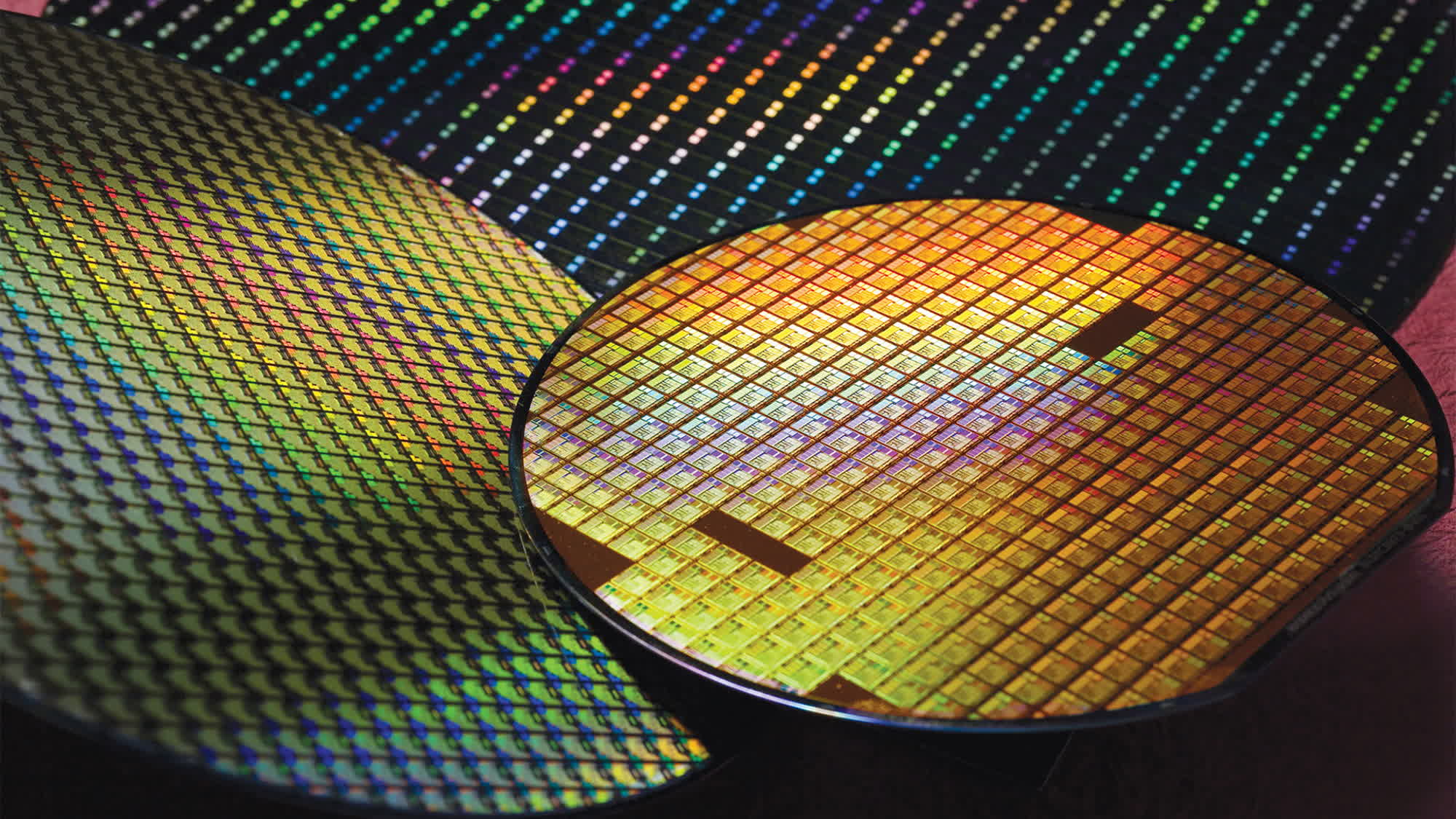In context: After enjoying exceptional revenues from an artificially inflated market during the COVID-19 pandemic, companies are now lamenting a shrinking tech business for both consumer and corporate clients. The demand isn't there anymore, even though things should improve next year.
As computer chip, smartphone and DRAM module shipments have returned to their usual pre-pandemic volumes, the hi-tech industry is recording more and more negative business results. Silicon wafer manufacturers are suffering the new market conditions as well, even though it's not just bad news throughout the entire manufacturing industry.
According to SEMI Silicon Manufacturers Group (SMG), an industry association providing market information and statistics about the silicon industry and the semiconductor market, worldwide silicon wafer shipments for the first quarter of 2023 were down to 3,265 million square inches (-9.0%) compared to the fourth quarter of 2022. Year-over-year, the silicon wafer market suffered a -11.3% decline from the 3,679 million square inches recorded in Q1 2022.
Anna-Riikka Vuorikari-Antikainen, Chairman of SEMI SMG, said that the decline in silicon wafer shipments "reflects softening semiconductor demand since early this year." Memory chips and consumer electronic devices have seen the largest drop in demand, Vuorikari-Antikainen said, while automotive and industrial applications remain more stable.

SEMI SMG highlights how silicon wafers are the fundamental building material for semiconductors, which in turn are the central building block for "virtually all electronics goods" including computers, telecommunication appliances, and other consumer electronics products. The "highly engineered" thin round disks are produced in diameters ranging from 1 inch to 12 inches, and serve as the substrate material most semiconductor devices or chips are fabricated on.
Market data provided by SEMI SMG include both polished silicon wafers such as virgin test and epitaxial silicon wafers, and non-polished silicon wafers shipped to end users – i.e., CPU, chip and DIMM manufacturers. SEMI SMG works to "facilitate collective efforts" on issues related to the silicon industry, including the development of market information and statistics about the ongoing market trends.
The industry association didn't provide any forecast for future (expected) quarter performance, while third-party analysts are already busy trying to read the signs within their crystal ball about a potential market rebound. According to Gartner's divinations, there's a light at the end of the tunnel as chip revenues should return to growth in 2024.
